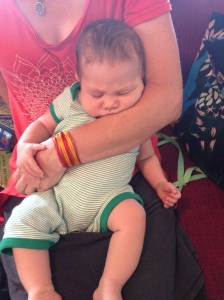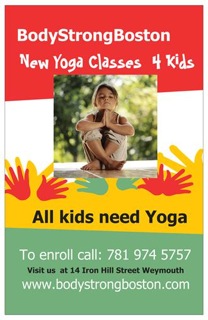Yoga and Mindfulness for Children:
Yoga is an ancient contemplative practice that brings together physical postures, deep stretching, relaxation, and breath control (Peck, Kehle, Bray, & Theodore, 2005, p. 416; Haggins & Rundle, 2016, p. 106), while also incorporating cognitive awareness, or mindfulness. Yoga is a contemplative practice of mindfulness.
The term “mindfulness” can be described as an intentional awareness, paying attention to your thoughts and feelings, being in the present moment, being open-minded and accepting towards the experiences and sensations of your mind and body, and understanding why you feel the way you feel or why you are having certain thoughts (Burke, 2010, p. 133; Weare, 2013, p. 141).[1] Mindfulness is also defined by The Mindful Nation. U.K. (MAPP, 2015): “Mindfulness means paying attention to what’s happening in the present moment in the mind, body, and external environment, with an attitude of curiosity and kindness” (p. 14).
Both the practice of yoga and mindfulness have many benefits for teachers and students in a classroom setting. Click here if you wish to read a current list of research on the benefits of yoga and mindfulness for children.
[1] Teaching Yoga and Mindfulness to Children with Hearing Loss by Megan Johnson, Chapter 4.



